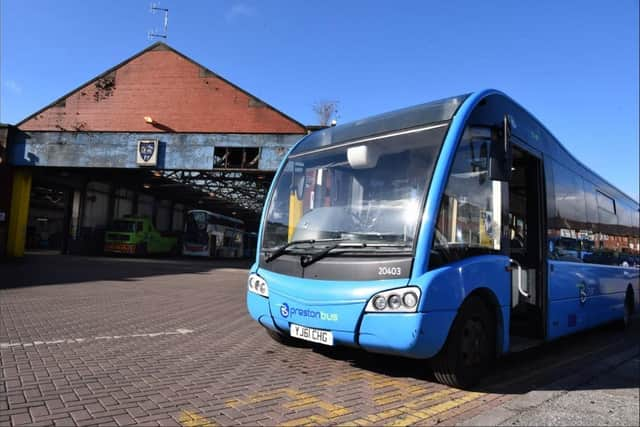New technology roll-out means unreliable buses could soon be a thing of the past in Lancashire
and live on Freeview channel 276
Lancashire County Council (LCC) has been working with local bus operators to develop plans on how to improve bus services across the county following the government's launch of The National Bus Strategy, “Bus Back Better” in March 2021.
The aim is to create services that are more frequent, reliable and affordable while making them easier for passengers to understand and use.
Advertisement
Hide AdAdvertisement
Hide AdSo what’s been happening?


Today it has been announced that a trial has been completed involving Alchera Data Technologies Pinch Point Analysis Tool across 59 junctions of East Lancashire.
The tool is a software-based machine learning application that identifies pinch points on the network and then helps to lessen the impact, ultimately making buses faster and more reliable.
This is scheduled to migrate into a full rollout later in the year across all of Lancashire’s junctions on existing bus routes.
>>>Here’s where bus stops have been given a makeover
Martin Porter, Principal Engineer (Network Management) at Lancashire County Council, said: “Improving the performance of the bus network is a top priority for LCC.
Advertisement
Hide AdAdvertisement
Hide Ad"We know there are issues at some junctions across the network but we need evidence - objective data - to back up our assumptions so we can secure the government funding we need to make improvements.
"We also need to be able to measure the interventions to see how well they are working and avoid similar issues in the future. Alchera gives us the capability to do that in real-time.”
How does it work?
Alchera’s Pinch-Point Analysis Tool (PPAT) fuses data from several sources including the Bus Open Data System (BODS) and existing transport sensors to analyse the impact each junction has on the average speed of buses on individual routes as well as the observed impact on the consistency of the bus schedules moving through intersections.
The analysed data can then be used for tasks such as identifying high-priority junctions that need interventions, enabling data-driven decisions and providing objective data to support applications for road improvement funding.